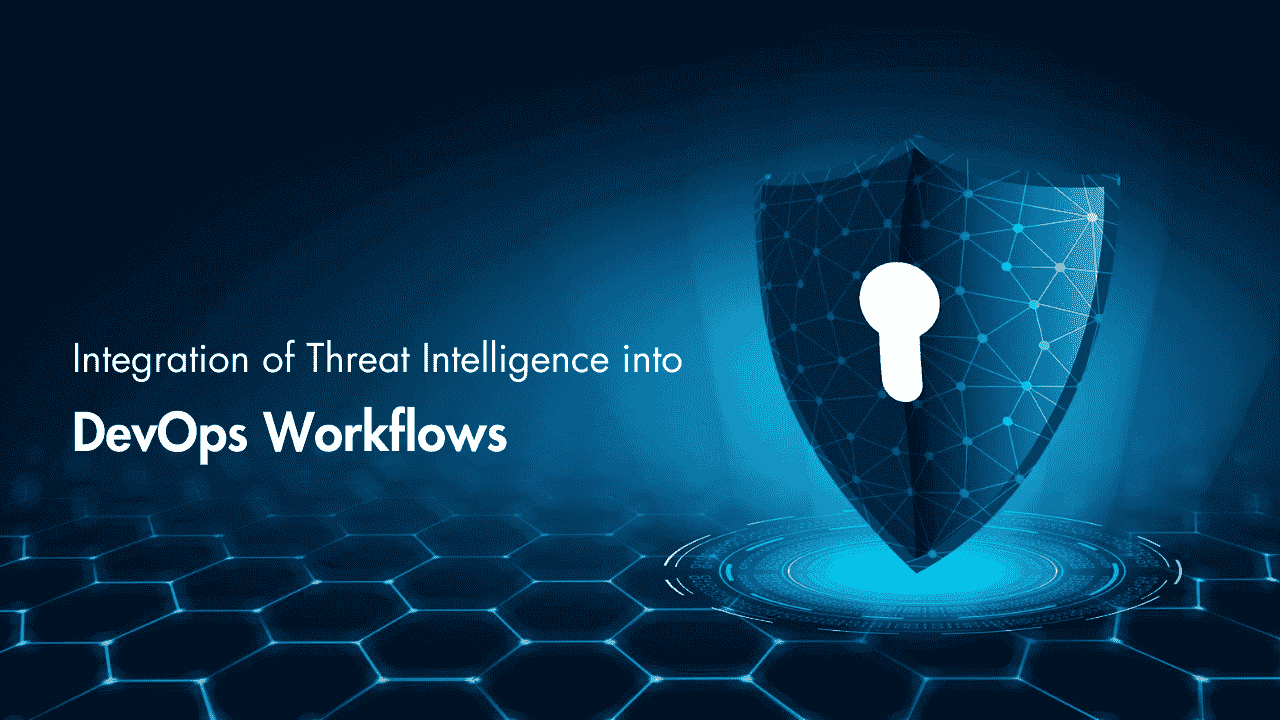Integrating Threat Intelligence into DevOps Workflows

Fed up with endless vulnerability assessments? Learn a smarter approach. In an era marked by increasingly sophisticated cyber threats, organizations must adopt proactive measures to safeguard their digital assets and infrastructure. Traditional security approaches are no longer sufficient in the face of evolving threat landscapes, necessitating a paradigm shift towards integrating threat intelligence into DevOps workflows. By combining the agility of DevOps with the insights derived from threat intelligence feeds and security analytics, organizations can enhance their threat detection and response capabilities, mitigating risks and safeguarding against emerging cyber threats.
Understanding Threat Intelligence
Threat intelligence encompasses a wide range of data sources and analysis techniques aimed at identifying, assessing, and mitigating potential cyber threats. These sources include indicators of compromise (IOCs), threat actor profiles, security vulnerabilities, malware signatures, and more. By aggregating and analyzing threat intelligence feeds from internal and external sources, organizations can gain valuable insights into emerging threats and adversary tactics, enabling proactive threat detection and response.
Challenges in Threat Detection and Response
Traditional security approaches often rely on reactive measures, such as signature-based detection and perimeter defenses, which are ill-equipped to detect and mitigate advanced threats. Moreover, the sheer volume and complexity of threat data make it challenging for organizations to effectively prioritize and operationalize threat intelligence. Siloed security tools and fragmented workflows further exacerbate these challenges, hindering timely and coordinated responses to security incidents.
Integration of Threat Intelligence into DevOps Workflows
Integrating threat intelligence into DevOps workflows enables organizations to harness the collective knowledge of security experts and threat researchers to enhance their security posture. By embedding threat intelligence feeds and security analytics into continuous integration/continuous deployment (CI/CD) pipelines and automation frameworks, organizations can achieve the following:
Real-time Threat Detection: By integrating threat intelligence feeds into security monitoring and scanning tools, organizations can identify and respond to suspicious activities and indicators of compromise in real-time, enabling rapid incident response and mitigation.
Enhanced Vulnerability Management: Threat intelligence can enrich vulnerability assessment and management processes by providing context around emerging threats and known vulnerabilities, enabling organizations to prioritize and remediate security issues based on their potential impact and relevance to their environment.
Automated Threat Remediation: DevOps automation frameworks can leverage threat intelligence to automate response actions, such as blocking malicious IP addresses, quarantining suspicious files, or applying security patches, thereby reducing the time and effort required to mitigate security incidents.
Informed Decision Making: By integrating threat intelligence into DevOps dashboards and reporting tools, organizations can empower decision-makers with actionable insights into the current threat landscape, enabling informed risk management and resource allocation.
Best Practices for Integration
To effectively integrate threat intelligence into DevOps workflows, organizations should consider the following best practices:
Collaboration: Foster collaboration between development, operations, and security teams to ensure alignment and shared responsibility for security.
Automation: Leverage automation to streamline the ingestion, analysis, and operationalization of threat intelligence feeds within DevOps pipelines.
Scalability: Ensure that threat intelligence integration solutions are scalable and adaptable to accommodate evolving threat landscapes and organizational needs.
Continuous Improvement: Implement processes for continuous monitoring, feedback, and improvement to enhance the effectiveness of threat intelligence integration efforts over time.
Integrating threat intelligence into DevOps workflows is essential for organizations seeking to stay ahead of evolving cyber threats and enhance their security posture. By combining the agility of DevOps with the insights derived from threat intelligence feeds and security analytics, organizations can achieve a proactive and adaptive approach to threat detection and response, thereby safeguarding their digital assets and infrastructure against emerging cyber threats. Embracing threat intelligence integration is not just about enhancing security; it's about building a resilient and future-ready foundation for DevOps-driven organizations in today's threat landscape.


